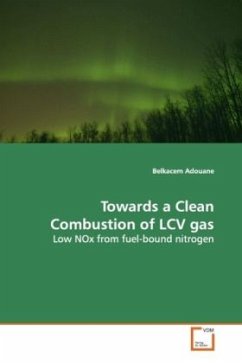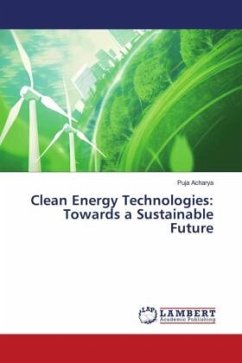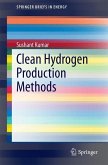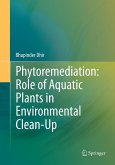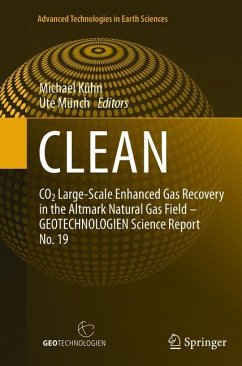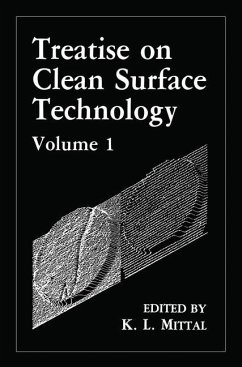Biomass-derived Low Calorific Value (LCV) gas
represents one of the best alternatives for fossil
fuels. It is very attractive, because it is CO2
neutral. However, the raw gasifier producer gas
contains a high content of fuel-bound nitrogen
(FBN), which results in high NOx emissions after its
combustion. The NOx emissions compromise the neutral
aspect of the biomass derived LCV gas.
Reducing the conversion of FBN to NOx has been one
of the main challenges for researchers working in
the field of LCV gas combustion.
In this work, reducing NOx by primary measures was
adopted. For this purpose, a newly designed
combustor called Winnox-TUD was developed after a
series of primary experiments.
The winnox-TUD, a three air stages combustor was
tested with synthetic LCV gas doped with ammonia to
simulate the FBN, and modeled as well.
The results of the testing series in addition to the
accompanying modeling results are presented in this
book.
represents one of the best alternatives for fossil
fuels. It is very attractive, because it is CO2
neutral. However, the raw gasifier producer gas
contains a high content of fuel-bound nitrogen
(FBN), which results in high NOx emissions after its
combustion. The NOx emissions compromise the neutral
aspect of the biomass derived LCV gas.
Reducing the conversion of FBN to NOx has been one
of the main challenges for researchers working in
the field of LCV gas combustion.
In this work, reducing NOx by primary measures was
adopted. For this purpose, a newly designed
combustor called Winnox-TUD was developed after a
series of primary experiments.
The winnox-TUD, a three air stages combustor was
tested with synthetic LCV gas doped with ammonia to
simulate the FBN, and modeled as well.
The results of the testing series in addition to the
accompanying modeling results are presented in this
book.

